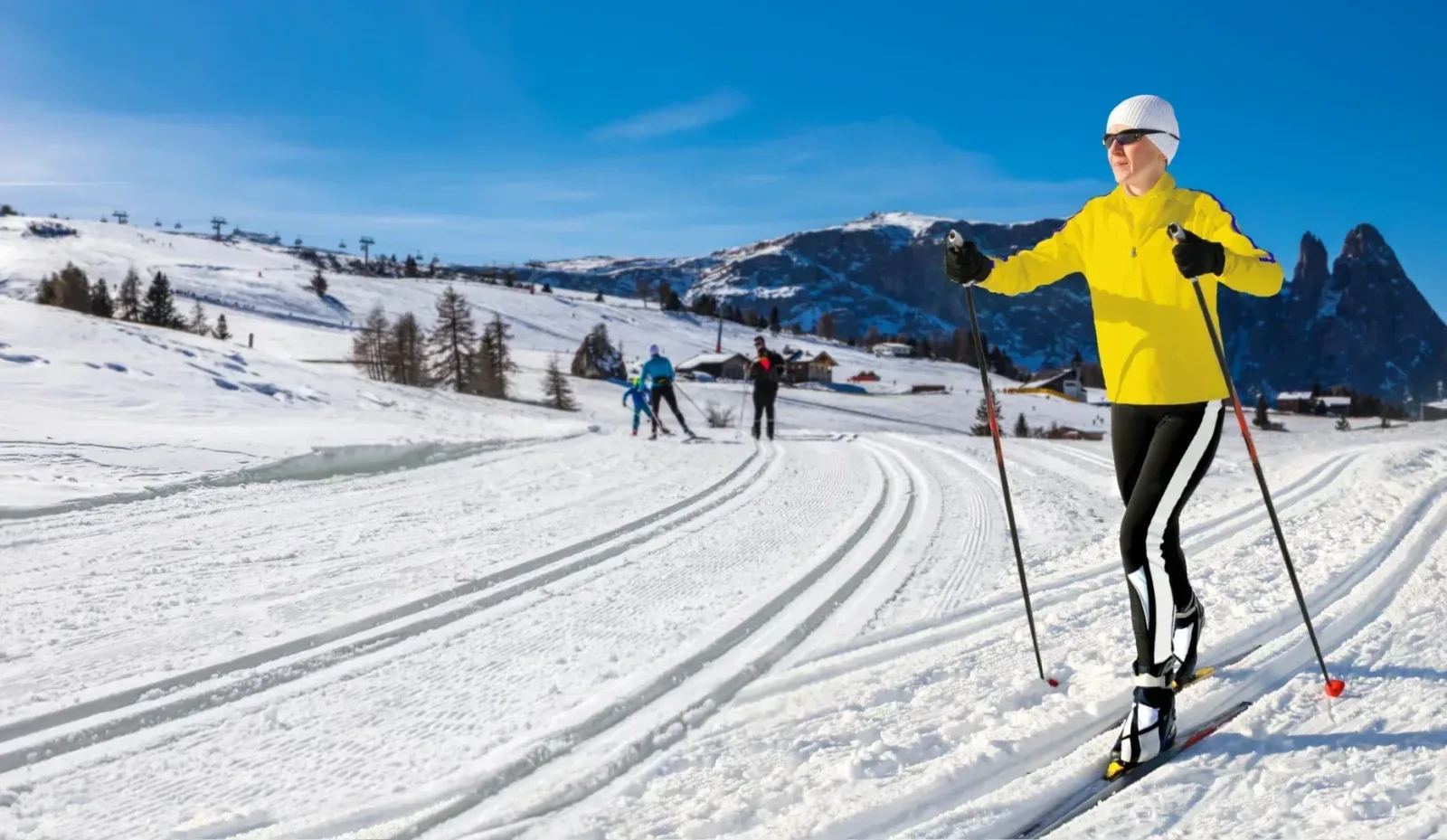
Whether you like thrills or simply enjoy the outdoors, skiing is a great choice of sport. But which type is the right one for you? To make your choice, you’ve got to know the main differences between these two types of skiing. The following points may help you find your answer.
The type of skis needed
As downhill skiing is done on a mountain, the skis are designed for descents only.
Cross-country skis allow you to move around on flat terrain, ascents, and descents. This difference can be seen by the way in which the ski is attached to the boot. For downhill skiing, the foot is completely fixed to the ski, prohibiting the movements needed to go uphill, for instance. Cross-country skis are generally shorter, heavier, and firmer.
The muscles used
The main difficulty with downhill skiing is trying to control your descent at a decent speed. A day on the slopes works not only your legs, but also your core. Pay attention to the movement of your hips as well when turning.
From this point of view, cross-country skiing is totally different as it is done on different types of terrain. So, instead of wanting to stabilize the body, the goal here is to get the body in motion and to move forward. When ascending, as well as on flat terrain, you’ll also use your arms a lot, and use movements that you wouldn’t use in downhill skiing.
The type of terrain
While downhill skiing is done on specific hills that have been prepared for such a sport, cross-country can be done pretty much anywhere you find snow. Essentially, it’s a sport where you can explore the outdoors. Depending on your level of experience, you can find difficult paths, or just leisurely explore on a trail through a park.
The type of equipment needed
Since downhill and cross-country skiing are done in completely different conditions, they each require their own type of equipment. For downhill, you need such things as a helmet, boots, and ski goggles. As the position of the body and the technical aspect of this sport is different, the length of the ski poles will vary as well. Shorter poles are made for downhill skiers and longer ones help you with your stability while doing some cross-country.
Actually, cross-country skiing needs equipment that is similar to that of a hiker. You can get some specific equipment, such as boots and ski poles, but the accessories aren’t necessarily specifically-tailored to this type of skiing.
In conclusion, to select the right type of skiing for you, it’s not a bad idea to try them both out.
Sources: Sportium
Recent Posts
Related Articles
Preparing for hiking during winter
Winter hiking requires more planning than a regular hiking excursion because you...
June 19, 2023Day Hiking Essentials
Heading out for a day hike is a delightful way to...
June 19, 202310 Practical Ways to Improve Time Management Skills
Do you often feel stressed out with too much work or too...
June 19, 2023Ways to Get Exercise While You Travel for the Holidays
During the next two weeks, most of the people will travel for...
June 19, 2023




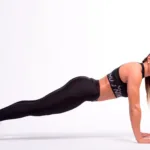









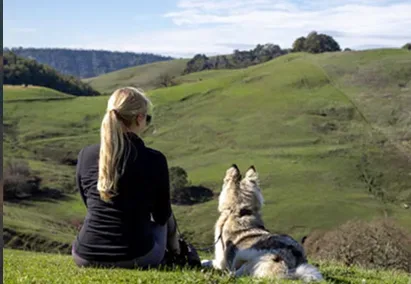

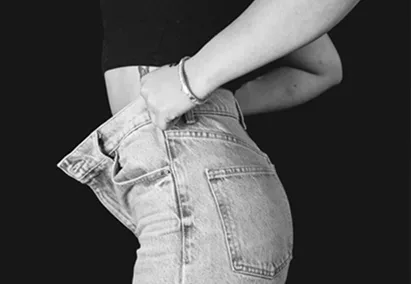





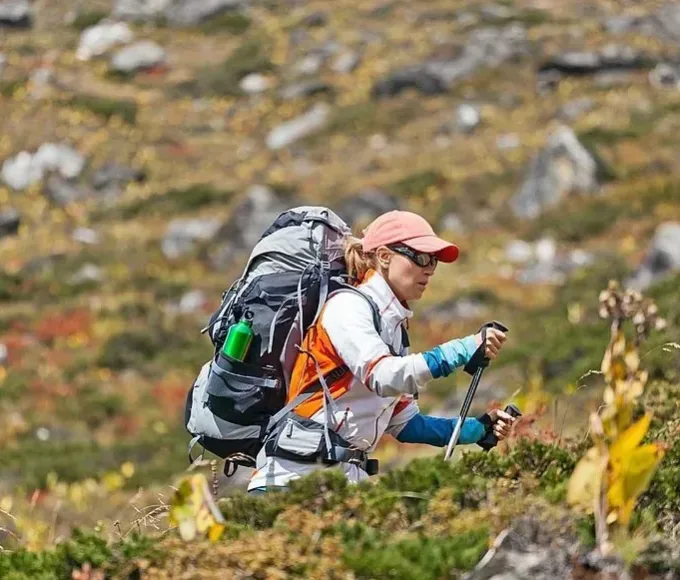

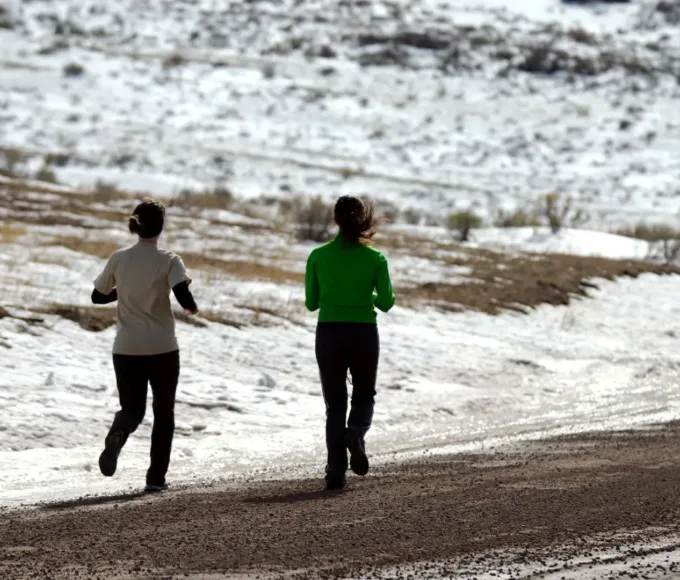
Leave a comment